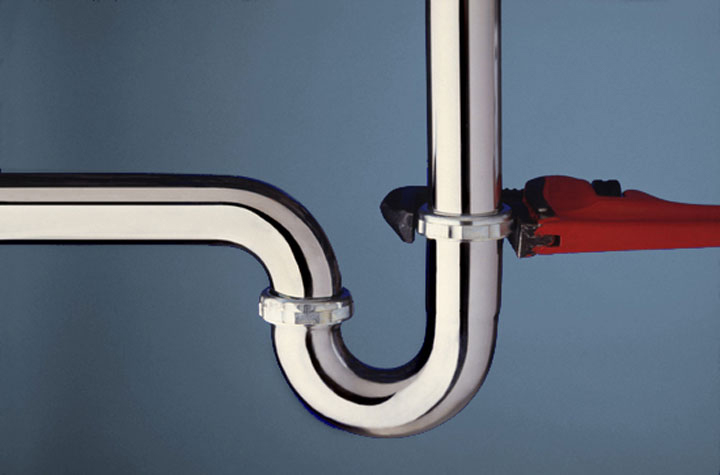What is a P-trap and why is it important?
In the world of plumbing, the P-trap is a humble yet crucial component that plays a significant role in maintaining the functionality and hygiene of our homes. This unassuming device, shaped like the letter ‘P,’ is found under sinks, bathtubs, and other fixtures, quietly performing a vital task. In this article, we will delve into the plumber depths of the P-trap, exploring its purpose, importance, and how it keeps our homes safe and sanitary.

Understanding the Basics: What is a P-trap?
The term “P-trap” stands for “plumbing trap,” and it is a simple but ingenious design. It is typically made of PVC or metal and consists of a curved pipe with a water seal. This curved shape creates a barrier that prevents sewer gases from entering your living space while allowing wastewater to flow freely.
The Role of the P-trap in Plumbing
1. Odor Prevention
One of the primary functions of a P-trap is to prevent foul odors from entering your home. Without it, the gases from the sewer system would travel up through the drain and into your living area, making your home an unpleasant place to be.
2. Hygiene Maintenance
P-traps also play a critical role in maintaining hygiene. They prevent insects and harmful bacteria from entering your home through the plumbing system. This barrier is essential for safeguarding your family’s health.
3. Clog Prevention
P-traps are designed to capture debris and prevent it from entering the main drain. This helps prevent clogs in your plumber system, which can lead to costly repairs and inconveniences.
4. Easy Access for Cleaning
P-traps are also designed for easy removal and cleaning. Regular maintenance can help prevent blockages and ensure that your plumbing system functions smoothly.
P-trap Variations
There are several variations of P-traps available, including traditional P-traps, S-traps, and bottle traps. The choice of which one to use depends on the specific plumbing needs of your home and the fixtures you have installed.
Installing a P-trap
Installing a P-trap is a relatively straightforward process, but it’s essential to ensure it is done correctly to reap all the benefits it offers. If you’re not confident in your plumbing skills, it’s best to hire a professional to install or replace a P-trap.
Common Issues with P-traps
While P-traps are designed to function flawlessly, they can encounter problems over time. Some common issues include:
1. Blockages
Debris can accumulate in the P-trap, leading to slow drainage or complete blockages. Regular cleaning can prevent this issue.
2. Leaks
P-traps can develop leaks due to wear and tear or improper installation. A leaking P-trap should be addressed promptly to prevent water damage.
3. Evaporation of Water Seal
If a sink or fixture is not used for an extended period, the water seal in the P-trap can evaporate, allowing sewer gases to enter. Running water in unused fixtures periodically can prevent this problem.
The P-trap is a small but indispensable part of your plumbing system. Its role in preventing odors, maintaining hygiene, and preventing clogs cannot be overstated. Understanding its importance and ensuring its proper maintenance can contribute to a healthier and more functional home.
FAQs (Frequently Asked Questions)
- How often should I clean my P-trap? Regular cleaning is recommended every few months to prevent blockages and maintain optimal performance.
- Can I install a P-trap myself? While it’s possible for DIY enthusiasts, it’s advisable to have a professional handle the installation to ensure it’s done correctly.
- What should I do if I detect a leak in my P-trap? Address any leaks promptly to prevent water damage. It’s best to consult a plumber Bristol for repairs.
- Do all plumbing fixtures require a P-trap? Most fixtures that drain water, such as sinks and bathtubs, require a P-trap to maintain hygiene and prevent odors.
- Can P-traps freeze in cold weather? P-traps can freeze if they are exposed to extremely cold temperatures. Insulating exposed pipes can help prevent this issue.
